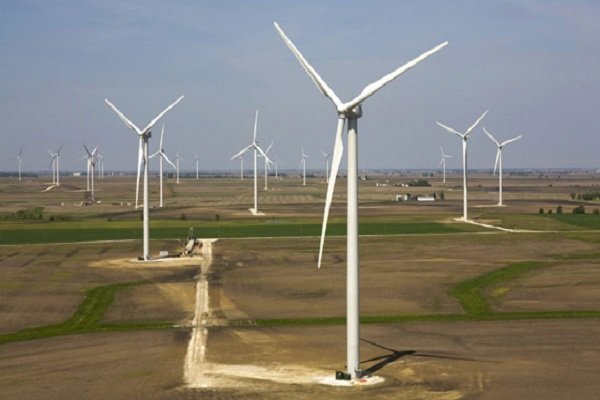Iran’s renewables output set to cross 5GW by 2023

TEHRAN – Iranian Deputy Energy Minister Houshang Falahatian said the country plans to add 1,000 megawatts (MW) or 1 gigawatt (GW) of new renewable power capacity every year over the next five years.
“Revenues from renewables should reach $60 billion if the plan succeeds,” oilprice.com quoted the official as saying.
At the moment, Iran’s power capacity is 77,000 MW, of which renewables make up a tiny 360 MW portion. Of this, wind power represents 141 MW, while the potential for wind power capacity in the country is 100,000 MW. Renewables, including hydropower, account for just 6 percent of energy generation, versus natural gas’ 90 percent share.
By 2022, however, renewables could come to account for a quarter of power generation in Iran, Mohammad Sadeqzadeh, the head of state-held Renewable Energy and Energy Efficiency Organization (Satba), said last week. Overall, Iran is aiming for a 5,000 MW annual increase in power generation capacity to meet growing domestic demand and expand its presence on the regional electricity market.
The government is ambitious, however, eyeing an almost a double increase in renewables capacity to 700 MW by the end of current Iranian calendar year (March 2018), versus earlier plans for 600 MW. Plans also include the addition of more than 4,000 MW in wind power capacity by 2020. Solar power also makes a lot of sense in Iran, which boasts an average of 300 sunny days and 2800 hours of sunshine annually.
Last month, Oilprice reported that foreign investors have filed proposals for a combined $3.6 billion to develop renewable energy projects in oil- and gas-rich Iran. According to Sadeqzadeh, the target to add at least 1 GW of renewable capacity a year is feasible.
EF/MA
